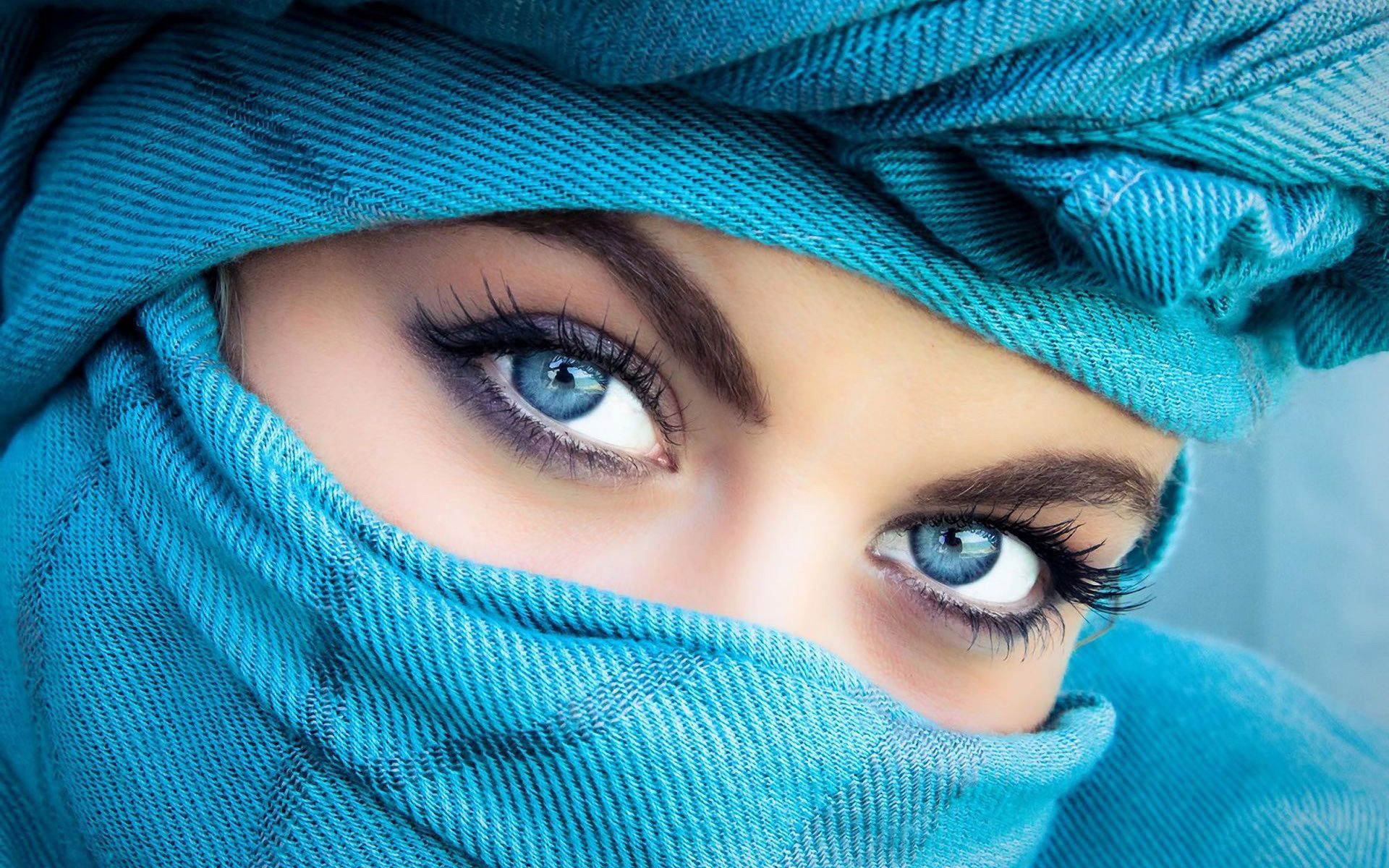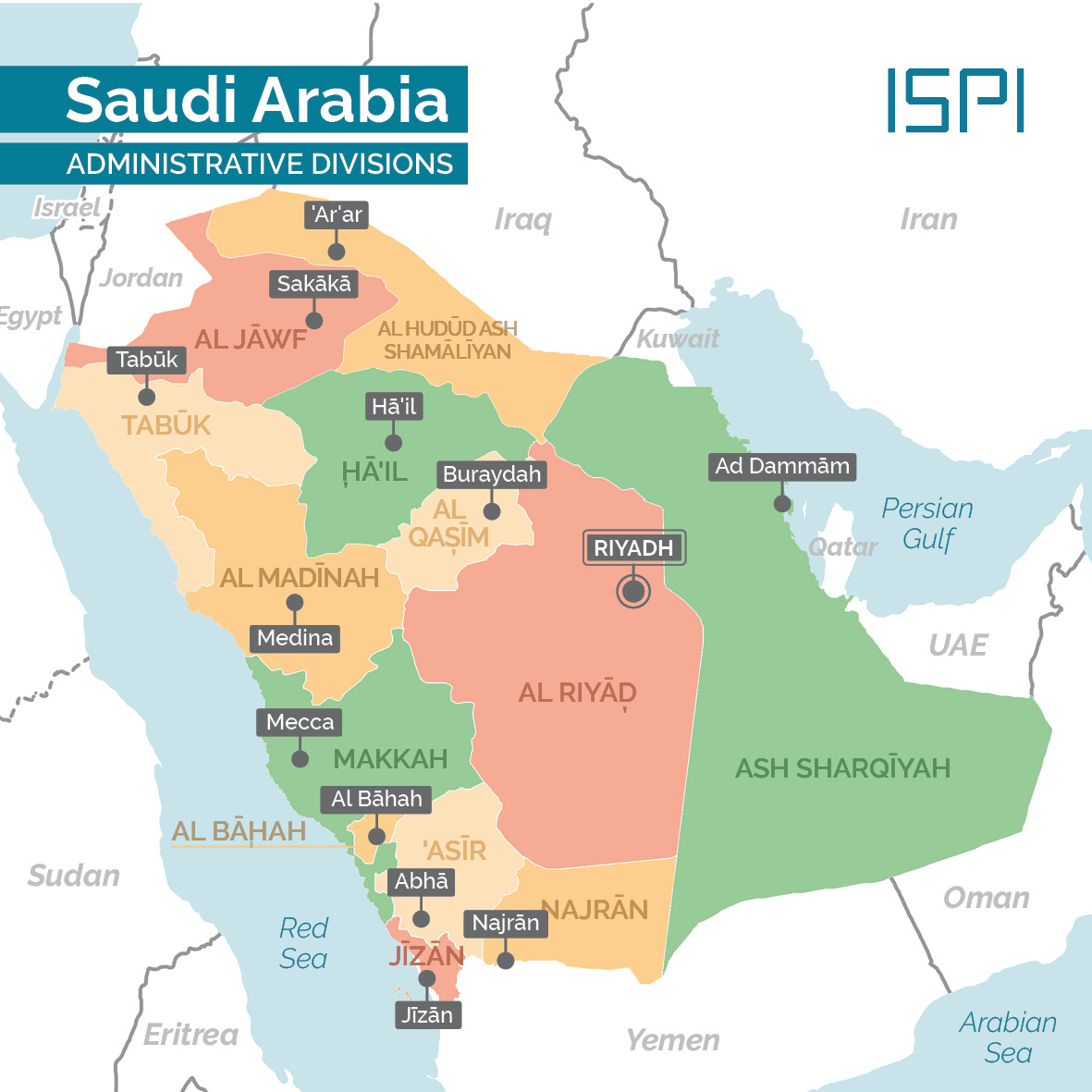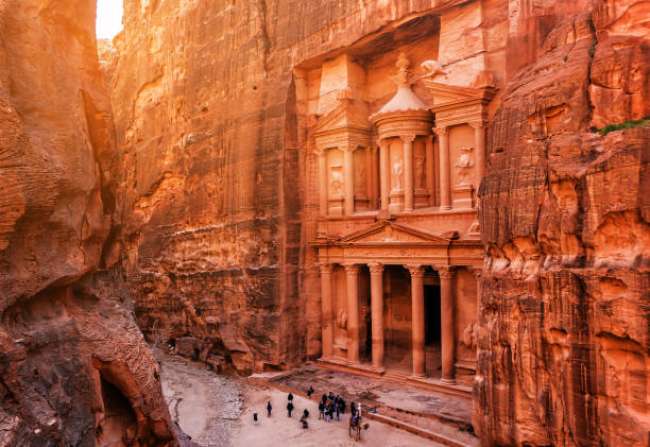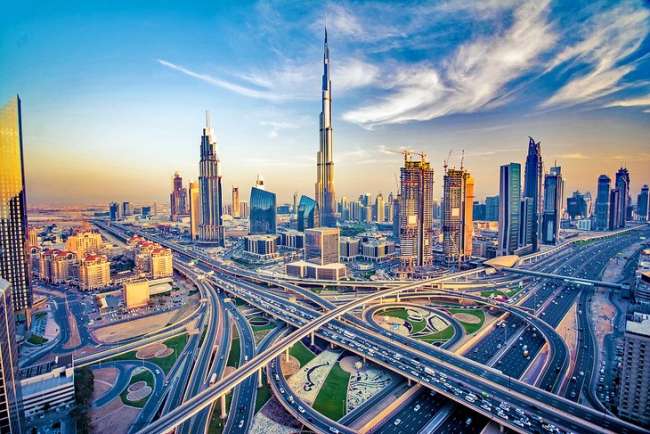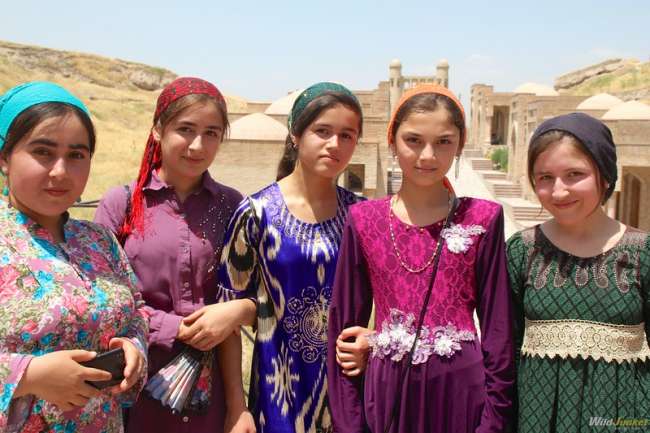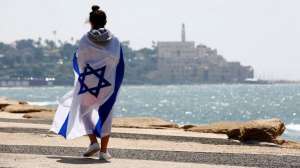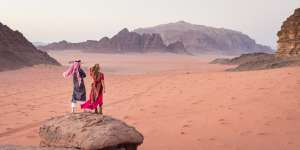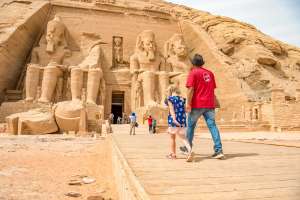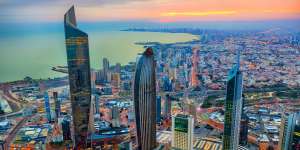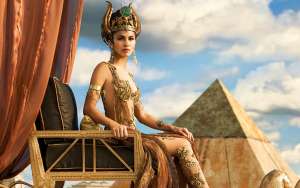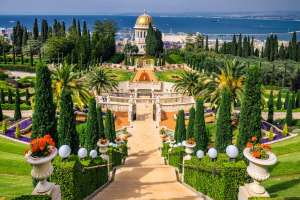Saudi Arabia is one of the most influential and geographically vast nations in the Middle East, ranking as the 13th largest country in the world by total land area. Its size alone shapes its identity, culture, and economy, spreading across immense stretches of desert, mountain ranges, and coastal plains. The capital city, Riyadh, stands as the heart of the Kingdom, home to more than four million people and the center of its modern growth. Dozens of medium-sized and smaller cities complete a complex urban network that defines today’s Saudi Arabia.
Across its territory, the country is organized into administrative regions, each with its own capital city and local governorates subdivided into smaller districts. This layered system balances central authority with local management, preserving tribal heritage while supporting the efficiency of a modern state so that regions can reflect distinct customs and history yet function within a unified national framework.
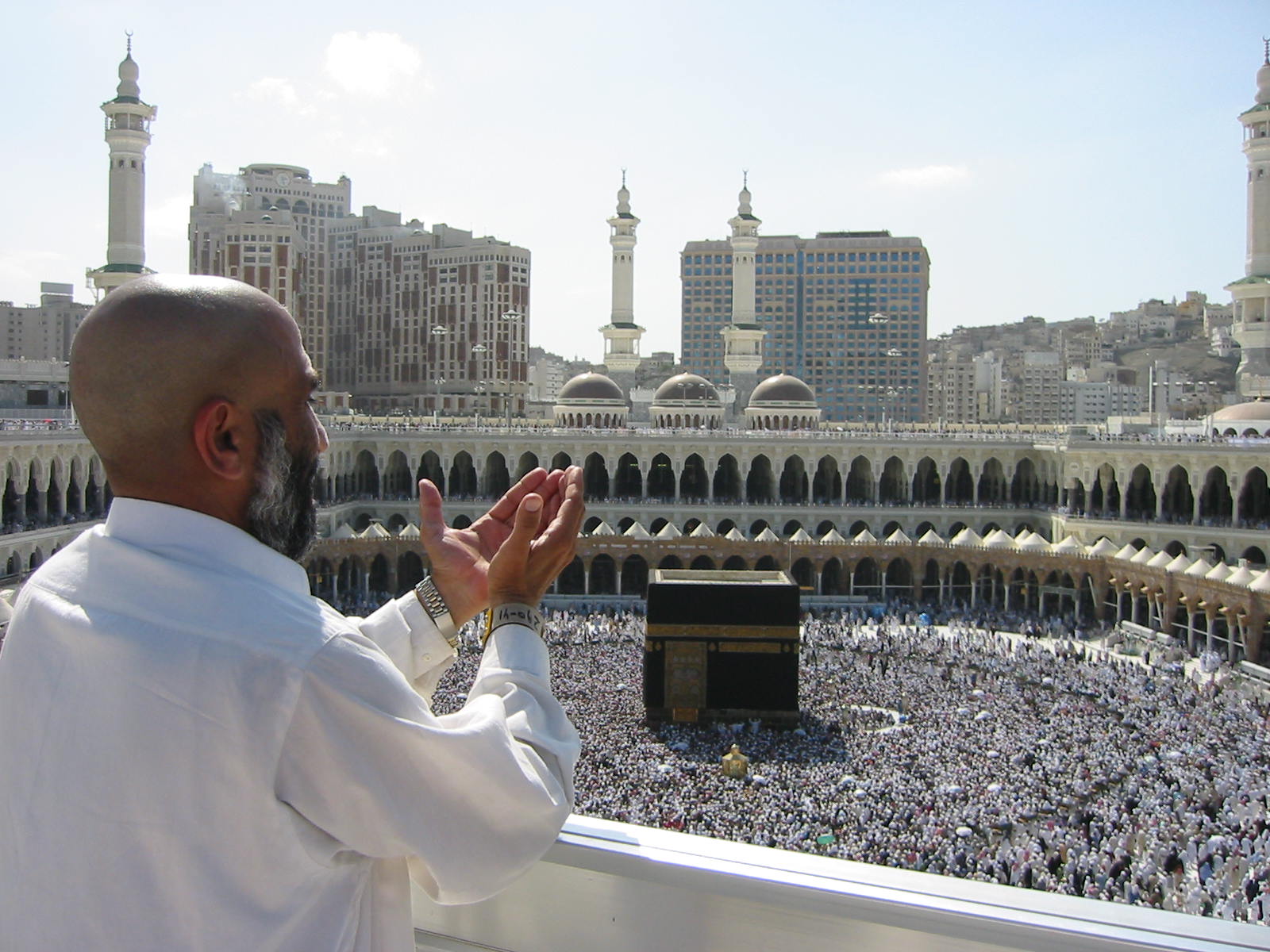
Urban Population and Modern Migration
In the past six decades, Saudi Arabia has undergone one of the most rapid urban transformations in the world. Once a land of scattered villages and nomadic tribes, it has become a highly urbanized nation. Today, roughly eighty-three percent of residents live in cities, leaving about seventeen percent in rural areas. This dramatic shift from 1960—when nearly seventy percent of the population lived outside urban centers—was driven by economic opportunity, the rise of the oil industry, and steady investments in infrastructure, education, and technology.
As Riyadh, Jeddah, Mecca, Medina, and Dammam expanded, they attracted residents from rural parts of the country and from abroad. Expatriates now work across sectors from construction and manufacturing to healthcare and education. The rise of these cities has created a modern urban rhythm filled with commerce, international trade, and cultural exchange. Even with rapid change, family ties, community values, and religious customs remain core to social life.
The Geography and Boundaries of the Kingdom
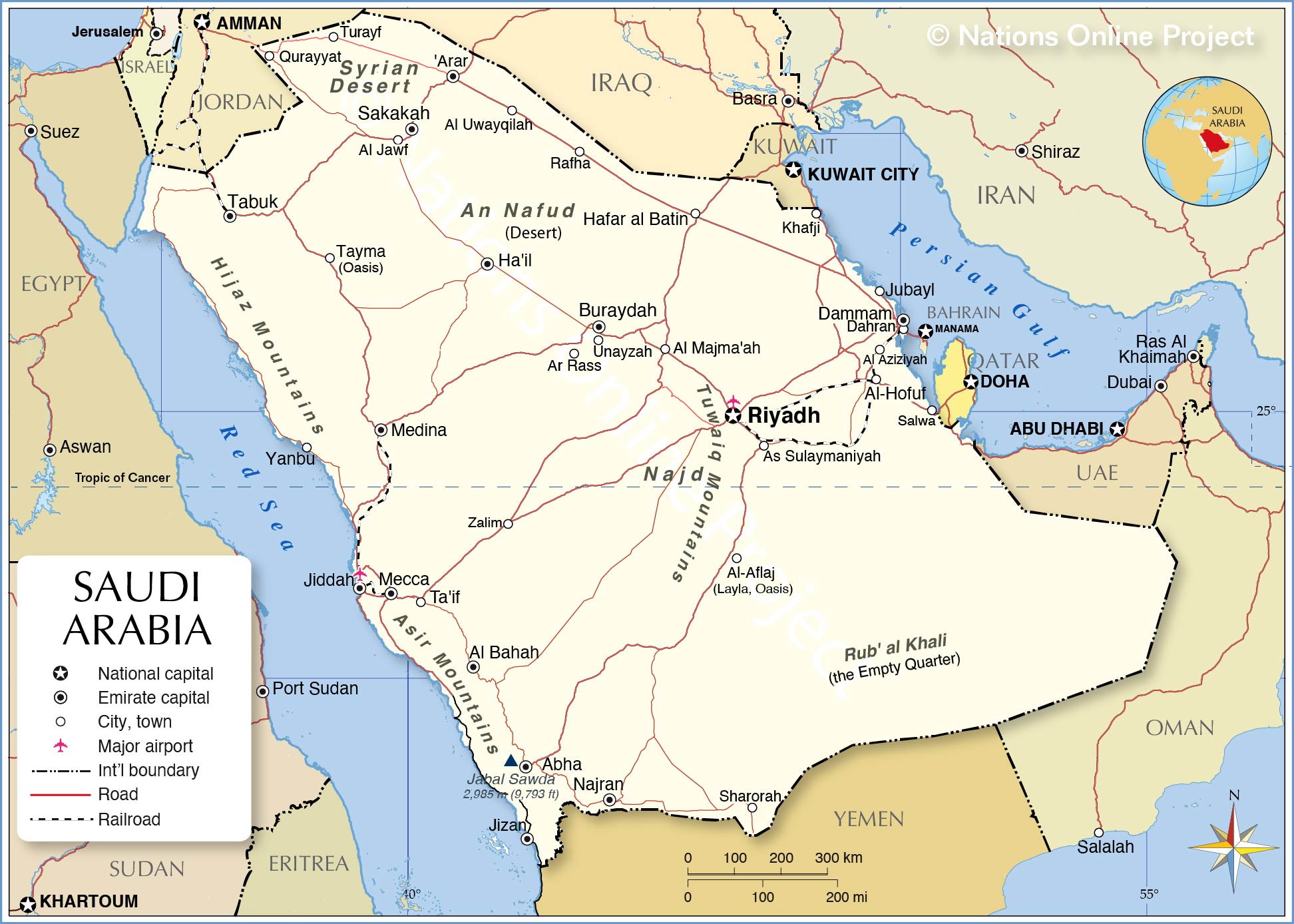
The Kingdom of Saudi Arabia stretches across most of the Arabian Peninsula, covering a vast area of southwestern Asia. Its geography is dominated by deserts, plateaus, and mountain ranges that influence climate and settlement patterns. To the west, it borders the Red Sea and the Gulf of Aqaba; to the east, it meets the waters of the Persian Gulf. The land shares borders with Iraq, Jordan, Kuwait, Oman, Qatar, the United Arab Emirates, and Yemen. Over surrounding seas, Saudi Arabia also shares maritime boundaries with Egypt, Sudan, and Eritrea on the Red Sea, and with Bahrain and Iran in the Persian Gulf.
With more than two million square kilometers of land, Saudi Arabia is the largest Arab nation—nearly one-quarter the size of the contiguous United States and roughly four times the size of France. Within this expanse, modern cities rise beside ancient deserts, and fertile valleys appear near stretches of barren sand.
Land, Desert, and Natural Regions
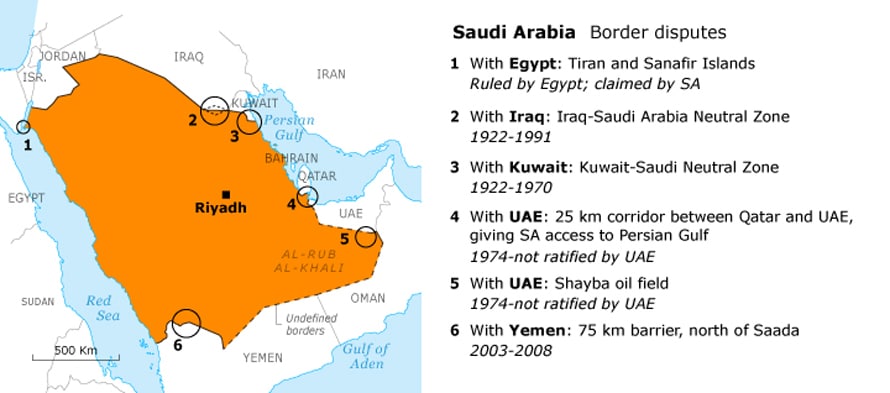
Saudi Arabia’s land is defined by the great Arabian Desert, which is a collection of vast, interconnected regions rather than a single uniform expanse. In the north lies An Nafud, known for its red dunes sculpted by wind. In the south extends the Rub’ al Khali, or “Empty Quarter,” among the largest sand deserts on Earth, renowned for isolation, fierce heat, and stark beauty.
Along the western coast runs the narrow Tihamah plain facing the Red Sea. East of it rise the Hejaz and Asir mountain ranges, which run parallel to the coast. Between their escarpments lies Mecca, one of Islam’s holiest cities. The Hejaz acts as a natural barrier separating the coastal plains from the high interior plateau known as the Najd—the country’s central core. To the north, Najd blends into the Syrian Desert; to the east, it meets the historic lands of Eastern Arabia. The country’s highest point, Jabal Sawda near Abha in the Asir Mountains, reaches approximately three thousand meters above sea level.
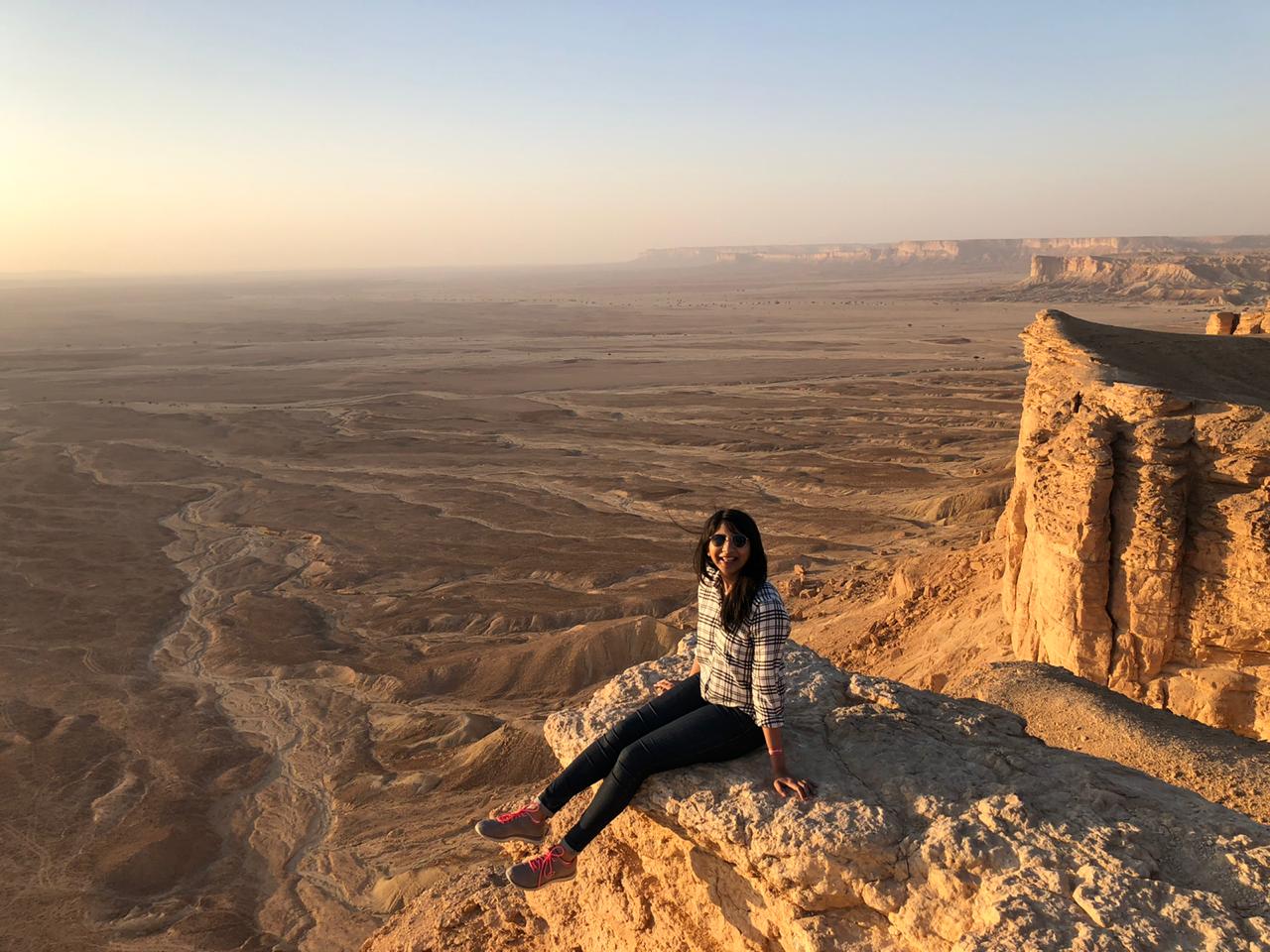
Saudi Arabia has no permanent rivers or lakes. Instead, ancient riverbeds—wadis—fill temporarily after heavy rainfall. Groundwater from aquifers and underground streams supplies much of the nation’s water, supplemented by coastal desalination plants. These systems sustain agriculture and urban life in an otherwise water-scarce environment.
The climate is predominantly hot and dry. Interior temperatures can vary dramatically between day and night, with summer days sometimes exceeding fifty degrees Celsius and winter nights occasionally reaching freezing levels. On average, the yearly temperature hovers around twenty-eight degrees Celsius. Such extremes have shaped architecture, clothing, and lifestyle, teaching generations how to adapt to one of the world’s harshest environments.
Cultural and Religious Significance
At the core of Saudi Arabia’s identity lies a deep intertwining of faith, culture, and tradition. This land, sacred to Muslims worldwide, is the birthplace of Islam—the soil where the Prophet Muhammad lived, preached, and transformed history. Each year, millions journey to Mecca for pilgrimage. Faith here is not merely private belief; it provides the framework for law, community life, and shared values.
Daily life moves to the rhythm of the call to prayer echoing from neighborhood mosques. Islamic values shape ethics, public holidays, and social customs. Alongside this religious cohesion, regional and tribal traditions remain strong. Bedouin hospitality—serving coffee, sharing food, and welcoming guests—continues as a point of pride. Music, poetry, and dance differ from the Red Sea coast to the Asir highlands, reflecting the country’s geographic and cultural variety. Rapid modernization proceeds alongside a careful preservation of heritage and dignity.
Regions and Administrative Divisions
Saudi Arabia is divided into thirteen major administrative regions, each governed by an emir appointed by the King. These regions represent historical and cultural territories with distinct atmospheres, dialects, and traditions.
The thirteen regions and their capitals are:
Al-Bahah (Al-Bahah), Al Jawf (Sakakah), Al-Qassim (Buraidah), Asir (Abha), Eastern Province (Dammam), Ha’il (Ha’il), Jizan (Jizan), Madinah (Medina), Makkah (Mecca), Najran (Najran), Northern Borders Region (Ar’ar), Riyadh (Riyadh), and Tabuk (Tabuk).
Every region tells part of the national story. The Hejaz, with Mecca and Medina, holds the holiest sites of Islam and remains a focal point of pilgrimage and trade. The central Najd, home to Riyadh, symbolizes the Kingdom’s political and cultural core. To the east lies the oil-rich Eastern Province with the industrial hubs of Dammam, Dhahran, and Al Khobar. In contrast, the Asir mountains in the south offer green terraces and cool highland weather rarely found elsewhere on the Peninsula. Together, these regions form the modern mosaic of Saudi Arabia.
The Major Cities and Urban Centers
The cities of Saudi Arabia reflect both historical heritage and modern ambitions. The capital, Riyadh, is a sprawling metropolis where glass towers rise above traditional markets. Jeddah, on the Red Sea, serves as the commercial gateway to Mecca and Medina and has a distinctly cosmopolitan feel shaped by centuries of trade and migration. Mecca and Medina remain the spiritual heart of the Islamic world.
Dammam anchors the east with an oil-driven economy and forms a large metropolitan area with Dhahran and Al Khobar. Ta’if, perched in cooler mountains above Mecca, is famed for rose gardens and pleasant weather. Regional centers such as Buraydah, Tabuk, Najran, and Abha contribute through agriculture, culture, and trade. Numerous smaller towns—including Jizan, Hail, Sakakah, and Yanbu—add industrial, agricultural, or port functions. Highways and air routes knit these places into a connected national network from the Gulf to the Red Sea.
Landmarks and Religious Architecture
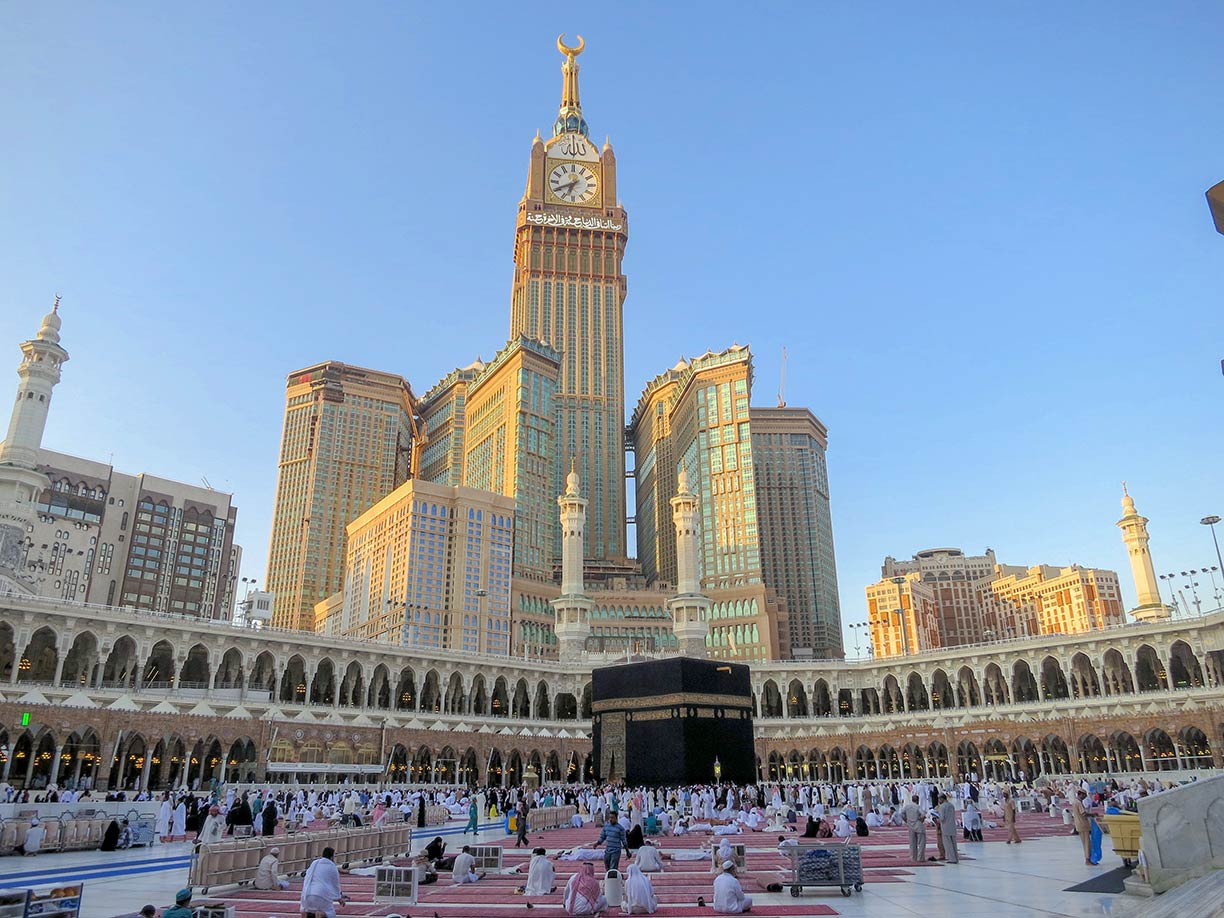
Al-Masjid Al-Haram in Mecca—the Grand Mosque—is the largest and most sacred site in the Islamic world. Within its vast courtyards stands the Kaaba, the shrine toward which Muslims face in prayer. The adjacent Abraj Al Bait complex, crowned by its iconic clock tower, symbolizes the blend of deep religious significance and modern engineering that characterizes today’s Kingdom.
In Medina, the Prophet’s Mosque (Al-Masjid an-Nabawi) is revered as the resting place of the Prophet Muhammad. Beyond the holy cities, sites such as Diriyah near Riyadh preserve the origins of the first Saudi state with restored mudbrick architecture. Mosques, forts, and archaeological remains across the country bear witness to centuries of faith and statecraft.
Natural Geography and Climate
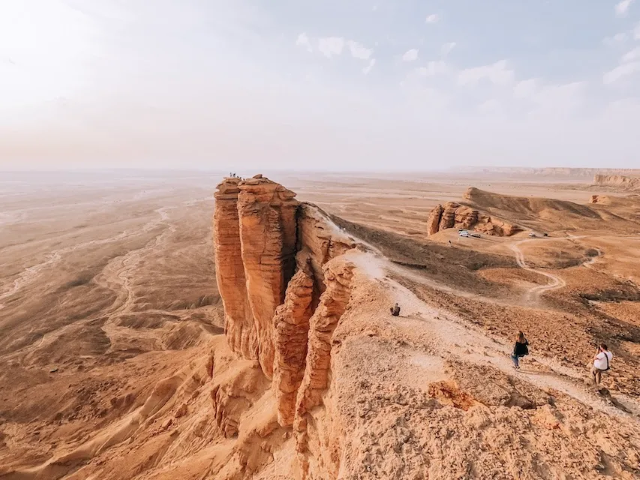
The country’s varied terrain includes deserts, mountains, oases, and long coastlines. Rather than revisiting earlier desert descriptions, it is worth emphasizing how terrain and climate shape daily life. Coastal Tihamah areas experience humidity, while upland Hejaz and Asir enjoy cooler conditions and seasonal rainfall that support terraced agriculture. The central Najd plateau transitions eastward to open plains along the Gulf.
Because permanent rivers are absent, the nation relies on groundwater and extensive desalination for drinking water and irrigation. Agricultural belts thrive where water management meets ingenuity, supporting date palms, grains, and citrus orchards.
Temperature patterns vary widely: interior regions face intense summer heat with sharp night drops in winter, while coasts combine warmth with humidity. Average annual temperatures sit around the high twenties Celsius, requiring architecture and urban planning that mitigate heat through shading, ventilation, and efficient cooling.
Population and City Growth
Saudi Arabia’s population has grown rapidly in recent decades, supported by economic diversification, infrastructure development, and an expanding service sector. Major urban centers continue to attract talent and investment, while strategic projects under Vision 2030—such as NEOM on the Red Sea—aim to broaden the economy, promote sustainability, and strengthen tourism. These initiatives reshape urban life while preserving cultural traditions.
Climate and Adaptation
Saudis have long adapted to harsh environmental conditions. Traditional architecture with thick walls, shaded courtyards, and narrow lanes reduces heat exposure. Contemporary design builds on those principles with energy-efficient cooling, reflective materials, and integrated green spaces. Clothing remains loose and light to allow airflow while honoring cultural modesty. Even color palettes in buildings often reflect the desert and mountain tones, helping cities sit naturally within their surroundings.
Population Overview and Major City Statistics
Saudi Arabia’s urban system combines large metropolitan hubs with numerous mid-sized and smaller cities. Use the table below as the primary reference for city populations and distribution across the Kingdom. It complements the narrative above by consolidating the key figures in one place.
Population of All Cities in Saudi Arabia
| Name | 2021 Population |
|---|---|
| Riyadh | 4,205,961 |
| Jeddah | 2,867,446 |
| Mecca | 1,323,624 |
| Medina | 1,300,000 |
| Sultanah | 946,697 |
| Dammam | 768,602 |
| Ta'if | 530,848 |
| Tabuk | 455,450 |
| Al Kharj | 425,300 |
| Buraydah | 391,336 |
| Khamis Mushait | 387,553 |
| Al Hufuf | 293,179 |
| Al Mubarraz | 290,802 |
| Hafar Al-Batin | 271,642 |
| Ha'il | 267,005 |
| Najran | 258,573 |
| Al Jubayl | 237,274 |
| Abha | 210,886 |
| Yanbu | 200,161 |
| Khobar | 165,799 |
| Arar | 148,540 |
| Sakakah | 128,332 |
| Jizan | 105,198 |
| Qurayyat | 102,903 |
| Dhahran | 99,540 |
| Al Qatif | 98,259 |
| Al Bahah | 88,419 |
| Tarut | 85,371 |
| Qal`at Bishah | 81,828 |
| Ar Rass | 81,728 |
| Ash Shafa | 72,190 |
| Sayhat | 66,702 |
| Al Mithnab | 60,870 |
| Al Khafji | 54,857 |
| Ad Dawadimi | 54,474 |
| Sabya | 54,108 |
| Az Zulfi | 53,144 |
| Abu `Arish | 49,171 |
| Safwa | 45,876 |
| Afif | 45,525 |
| Rabigh | 41,759 |
| Rahimah | 41,188 |
| Turaif | 40,819 |
| Tubarjal | 40,019 |
| Ad Dilam | 35,371 |
| Umm Lajj | 33,874 |
| Al-`Ula | 32,413 |
| Abqaiq | 29,474 |
| Badr Hunayn | 27,257 |
| Samitah | 26,945 |
| Al Wajh | 26,636 |
| Al Bukayriyah | 25,153 |
| An Nimas | 24,153 |
| As Sulayyil | 24,097 |
| Turabah | 23,235 |
| Al Jumum | 22,207 |
| Duba | 22,000 |
| At Taraf | 21,386 |
| Qaisumah | 20,685 |
| Al Battaliyah | 16,606 |
| Al Munayzilah | 16,296 |
| Adh Dhibiyah | 15,000 |
| Al Majaridah | 14,830 |
| Tanumah | 13,594 |
| Al Qurayn | 12,013 |
| Umm as Sahik | 11,813 |
| Sajir | 11,717 |
| Al Awjam | 11,460 |
| Farasan | 10,527 |
| Al Mindak | 9,218 |
| Al Artawiyah | 9,152 |
| Al Jubayl | 9,108 |
| Al Qarah | 9,106 |
| Marat | 8,885 |
| Al Jafr | 8,715 |
| Suwayr | 8,515 |
| Tumayr | 8,246 |
| At Tubi | 7,740 |
| Al Jaradiyah | 7,396 |
| Al Muwayh | 7,364 |
| As Saffaniyah | 7,014 |
| Al Hada | 6,885 |
| Al Markaz | 6,464 |
| Misliyah | 6,117 |
| Al Mutayrifi | 5,962 |
| Mizhirah | 5,529 |
| Ad Darb | 5,378 |
| Julayjilah | 5,359 |
| Mulayjah | 5,247 |
| Al Fuwayliq | 5,205 |
| Tabalah | 5,151 |
::contentReference[oaicite:0]{index=0}


